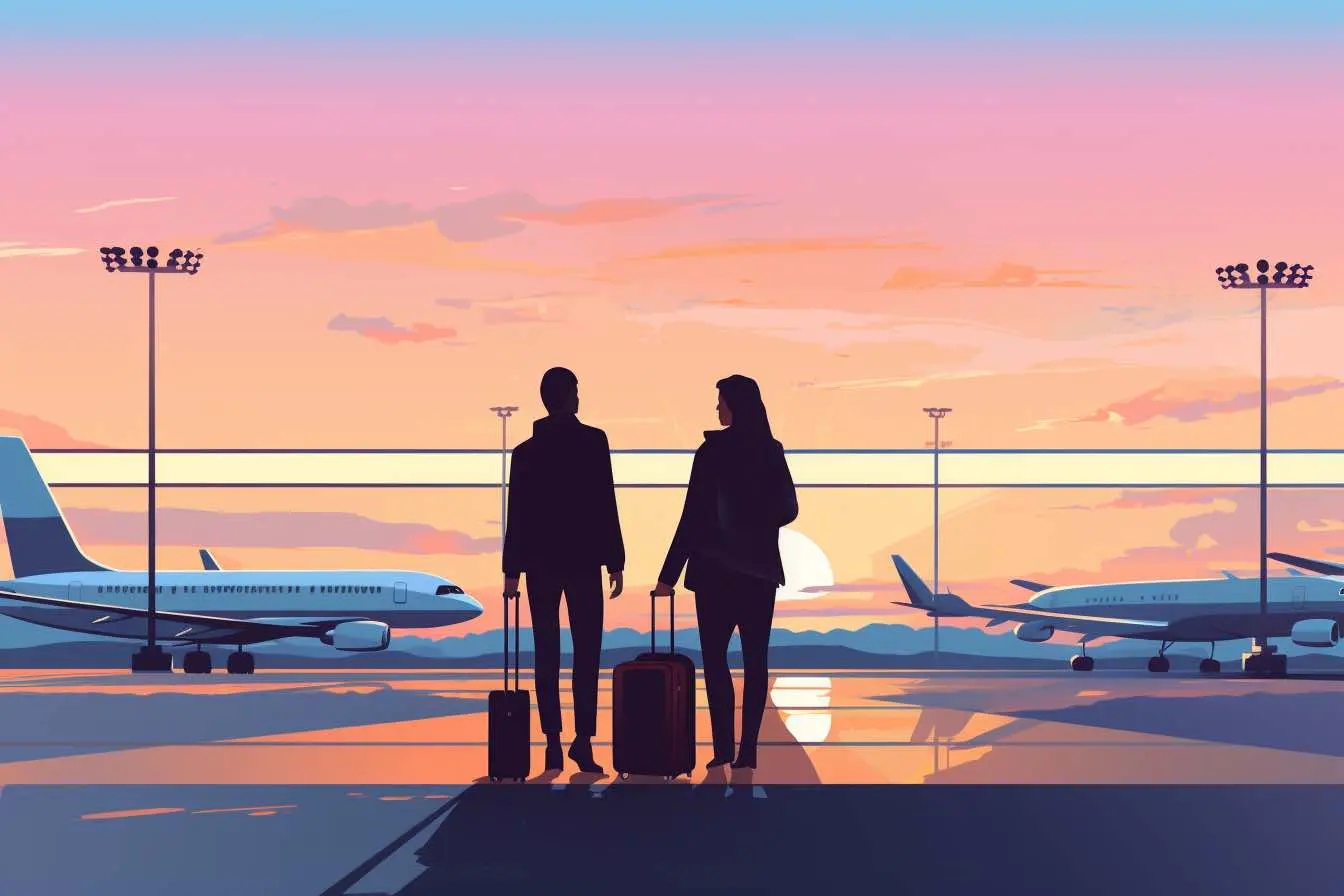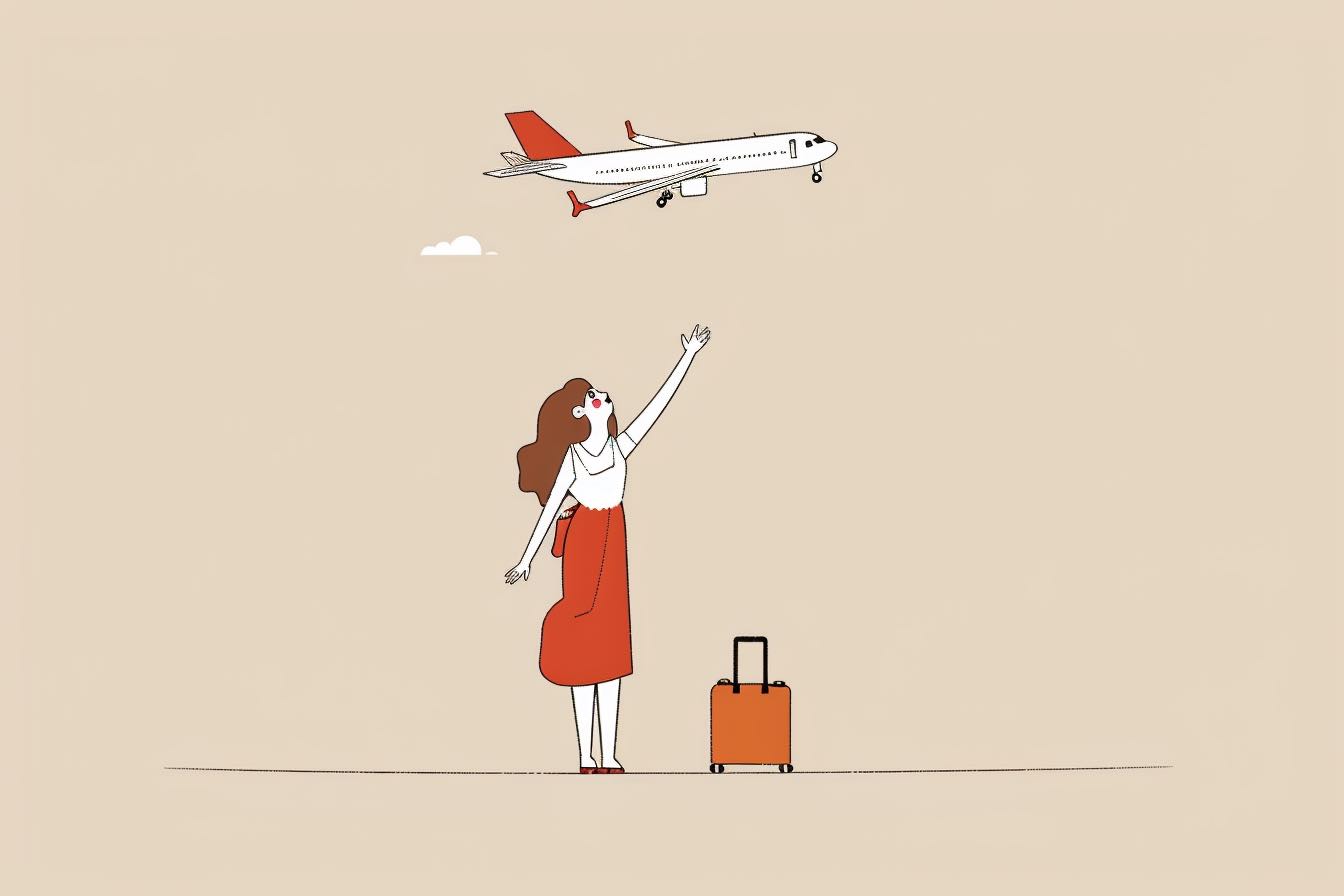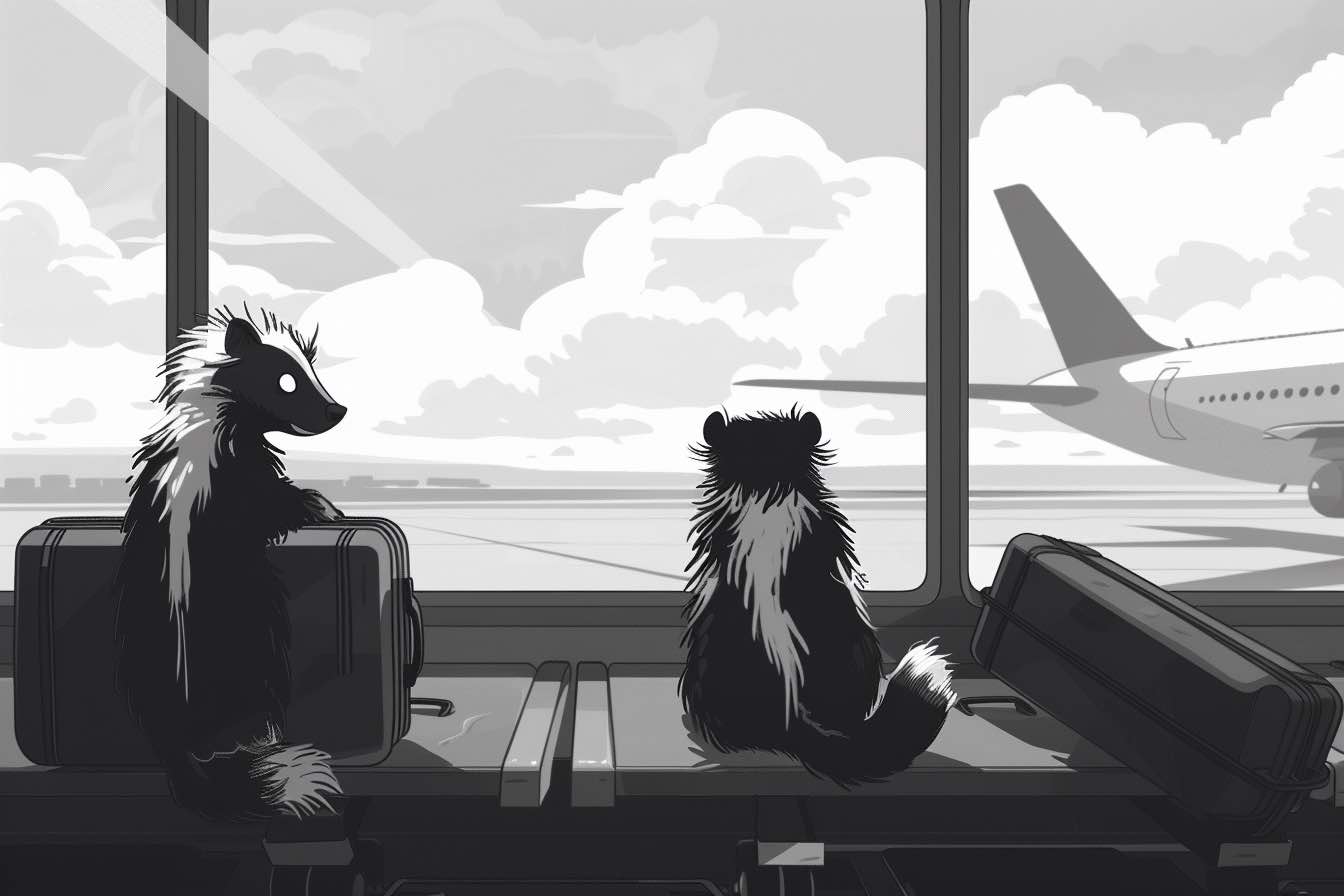Want to start an argument? Tell your travel companion you won’t be arriving two hours before your flight.
Go on, try it. I’ll be right here.
This is the time of year when emptier airport terminals are making a lot of passengers question the conventional wisdom about check-in times. And no, this isn’t a frivolous, first-world problem. Vacations have been ruined because of it. Marriages have ended.
So let’s settle this question once and for all.
As with so many things in travel, there’s a simple answer — and a complicated one.
How soon should you arrive at the airport?
The simple answer is: Two hours for domestic flight, three hours for international flights. More or less.
“The two-hour recommendation is fairly standard across the industry,” says Heather Lissner, a spokeswoman for Phoenix Sky Harbor International Airport. “We recommend the two hours so that travelers have enough time to get dropped off or park their cars, check their bags and get through security to their gates.”
That advice has remained consistently reliable, even after the pandemic. And yes, even after some airports put systems into place that allow you to reserve a spot in a security line. You still need the extra time — with some notable exceptions.
Some passengers need longer
The complicated answer: It depends.
Lissner explains that while experienced travelers may find they need less time, the two hours gives those who don’t travel as frequently a chance to have a less rushed and stressful travel experience. And during busy holiday periods or special events, the airport may recommend adding even more time.
For example, during last year’s College Football Playoff, the folks at Sky Harbor adopted a “3-2-1” recommendation: Arrive at the airport ticket counter to check in three hours before your flight; be in line at the airport security checkpoint two hours before your flight; be at the gate one hour before your flight.
How “standard” is this advice? The Transportation Security Administration agrees with it, but airlines don’t. For instance, American Airlines advises passengers to be at the airport two hours before flight time for international departures and 90 minutes for domestic flights. Also, there’s an exception for flights to certain overseas destinations, which require that you check in earlier.
United Airlines further complicates this issue by adding luggage to the equation. If you’re not checking luggage, the carrier advises you to arrive at the airport at least 60 minutes before your scheduled departure time. If you’re checking luggage, it’s 90 minutes. For international flights, give yourself two hours, says United.
Confused yet?
Where’s this advice coming from?
It may help to note the likely motives behind the advice. The TSA and airports want you to get there earlier, each for its own reasons. The agency does not like to be rushed with screenings even if there’s a long security line. Airports want you to take advantage of their incredible shopping and dining facilities, which you can’t do if you’re rushing to the gate. Also, they factor in the time it takes to find parking. Airlines, on the other hand, don’t want you milling around the boarding area for too long.
But these guidelines don’t take into account the fact that you’re dealing with people — some with mobility problems, others who are nervous and would arrive a day before their flight if they could. That’s where things get interesting, and that’s where the “depends” really becomes apparent. Here are a few expert tips for how to behave in line.
Joe Reimers, a sales engineer from South Bend, Ind., describes himself as a “conservative” traveler, especially when he’s checking a bag. But if he flies out of his home airport, which he knows well, he sometimes arrives just 45 minutes before his departure. (Related: Ridiculous or not? Airport parking fees start to multiply.)
“Flying out of less familiar airports on return trips is a different story,” he says. He sticks to the airline advice of two hours for international flights and 90 minutes for domestic flights. “At very large airports, I may go even longer,” he adds.
What if you’re an experienced traveler?
Yet other experienced travelers say their lead time is always the same. Douglas Jensen, an IT consultant from Natick, Mass., is a top-level elite frequent flier with 45 years of air travel experience.
“I always allow two hours for domestic flights and three hours for international flights,” he says. That means leaving his home at 1 a.m. for a 5 a.m. flight, gives him the security of knowing that he won’t miss his flight.
And that really is the object of this whole exercise: to not miss the flight. So the real question is whether to go with the airport and TSA recommended arrival times which are more generous, or the airline times, which cut it a little closer.
In this case, the airports and the TSA are absolutely correct. Never mind the awful, overpriced airport food and the tacky duty-free shops your local airport want you to frequent, or the pat-down the TSA agents hope you’ll endure. And forget the seasonal lull, which will probably be over by the time you’re finished with this article.
If you miss your flight, you have a whole new set of problems. You don’t want to go there.
What to do at the airport for free while you wait
See the art
Phoenix Sky Harbor, for example, has an impressive collection of art. More information can be found here. Terminal 4 has art dedicated to Arizona’s weather on exhibit through March 19, for example. Don’t forget to check out the car rental terminal artwork displays.
Watch the planes
The one airport that keeps getting mentioned as the best for planespotting is St. Maarten, specifically Maho Beach at the west end of the runway. You know all those photos of enormous planes that look like they’re going to land on top of the beach? That’s where they come from. Check out the “spectacular landings” section on this airport website.
Take a hike
Sitting in a pressurized aluminum tube for hours at a time is no one’s idea of fun. But you can stretch your legs before you take off by walking through the airport terminal. The longest walkable concourse? That would be Denver International Airport’s Concourse B, which is 3,300 feet long. But you can always hop on the people mover to the next terminal and keep walking.




